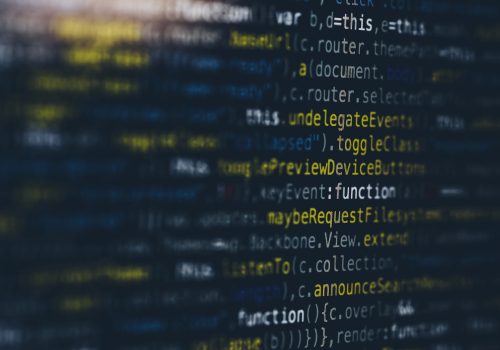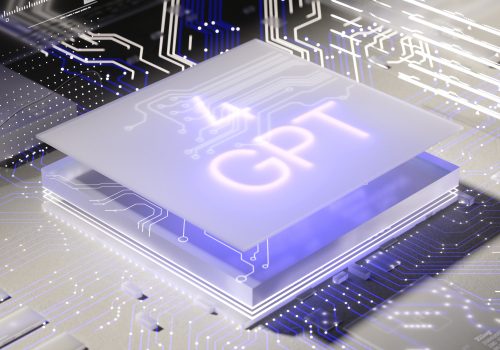Call for a federal digital twins strategy: Unlocking the potential for digital twins in the federal enterprise
For decades, the automotive, aviation, and other advanced manufacturing industries have invested in digital modeling technologies to help reduce time to market, lower the cost of physical prototyping, and improve manufacturing productivity. With exponential advances in technologies, such as artificial intelligence based on machine learning (AI/ML), advanced wireless communications (5G), virtual and augmented reality (VR/AR) or extended reality (XR), the Internet of Things (IoT), and others, the possibilities are rapidly increasing for digital models to extend beyond product and process development into other parts of the enterprise life cycle with direct connection to physical assets. The comprehensive integration of a digital model with a physical asset such as a manufacturing environment is one example of a digital twin.
Where might the government find use for such a technology? In short, everywhere. Just as enterprises see value in creating and deploying digital twins throughout all operations—from sourcing to sales to service—the same is true for government. Government activities are broad: from construction to public safety, through supply chains and logistics, to healthcare, and including national defense. Digital twins can potentially play a role in improving all these government functions.
This report explores digital twin use cases, both in the private sector and in the federal government. The report highlights some challenges, benefits, and risks associated with deploying digital twins to help inform government officials and policymakers. As other technologies such as XR and generative AI mature, they will further enrich the value of digital twins, leading to what we call “immersive digital twins.”
The report concludes with a call for a federal digital twin strategy, as discussed in our report launch event.
Call for a federal digital twin strategy
Digital twins have already demonstrated their value and hold tremendous potential for further use in both the private and public sectors to bring greater insight into complex systems, further improve resiliency, and continue to transform the way defense, safety, and civilian agencies plan, train, anticipate, and operate. However, with the continuous advancements in technology, such as AI-driven interactivity and immersive experiences offered by emerging technologies, there arises a pressing need for policymakers and practitioners to confront the novel opportunities, challenges, and risks that accompany these developments. Issues such as data quality, privacy, intellectual property, security and trust, as well as inclusion and equity, must be actively addressed and carefully navigated in order to effectively harness the potential of these innovative digital twin experiences.
Advanced digital twins will require investments in a cloud-enabled infrastructure that can run rich simulations at scale. With the convergence of emerging technologies such as IoT, AI/ML, and XR, more advanced digital twins with prescriptive and autonomous behavior become possible. Effective adoption of digital twin technology by the federal enterprise will require a coordinated understanding of the potential deployment challenges and needed risk mitigation strategies. Like other emerging technologies (e.g., AI, quantum information sciences, advanced manufacturing, biotechnology, etc.) when appropriately applied, digital twins can help achieve a wide array of missions and contribute to US leadership, national security, and a more effective, productive, and resilient workforce. The time is now to develop a federal strategy aimed at investing in the technology and talent necessary to unlock the transformative capabilities and vast potential of digital twins.
Image: Photo by Google DeepMind on Unsplash


